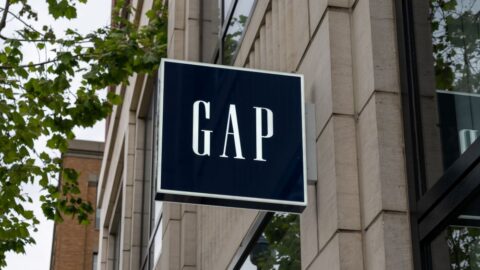Calvin Klein is closing its Madison Avenue flagship store in New York City this spring as the company restructures its North America division. While internal considerations — Calvin Klein’s consolidation of its men’s sportswear and jeans departments, and the integration of separate retail and e-Commerce teams — motivated the retailer’s decision, the flagship closure is yet another sign that major retailers need to rethink how they assess the contributions that these high-visibility stores make to the brand.
Even though flagships are generally designed to bring the brand to as wide an audience as possible, with profitability not always the main goal, the exposure doesn’t always provide enough financial benefit to outweigh expenses if they don’t generate sufficient sales.
“I’d say that in all of these cases, the retailers concerned did not have a strong enough proposition to support the economics of a large flagship store,” said Neil Saunders, Managing Director of GlobalData Retail in a RetailWire discussion. “Gap’s, in particular, was simply a big version of any other Gap store. A flagship is expensive, especially in a city such as New York. That means it has to generate significant volume, play a role in driving the brand and sales through other channels, or both. If it doesn’t do these things, there is little point in having it.”
High rents and operating costs in one of the country’s most expensive real estate markets have been pushing several big-name retailers, particularly department stores and specialty apparel companies, to abandon their New York City locations. On Jan. 3, Lord & Taylor closed its 104-year-old Fifth Avenue flagship after parent company Hudson’s Bay Co. (HBC) sold the 11-story, 676,000-square-foot building to WeWork for more than $850 million. In April 2018, Ralph Lauren closed its flagship store on Fifth Avenue, less than three years after opening.
On Dec. 26, Gap confirmed it will close its Fifth Ave flagship in January. The three-story location opened in 1998, and it remained Gap’s only New York City flagship until 2017, when the retailer opened a second location in Times Square. Gap’s Fifth Avenue store would be the most prominent victim of what could become a mass closure of hundreds of mall-based Gap stores. The retailer has been considering “aggressive” closings after the Gap chain reported a 7% same-store sales decrease in Q3 2018.
While Barneys New York hasn’t closed its Madison Avenue flagship, its lease ends on Jan. 31, 2019, and the retailer reportedly had to deal with a near-doubling of its rent costs, from $16 million per year to $30 million, sparking concerns about the future of this location. The flagship store reportedly accounts for a third of Barneys’ annual revenue, making a closure seem like a nightmare scenario.
Retailers Need Solid Footing Across Channels Before Committing To NYC Flagships
In some cases, closing these massive merchandise-driven flagship stores may be more reflective of the retailers’ issues than weakness in the stores themselves. Just as in the case of the Toys ‘R’ Us decision to close its Times Square location in late 2015 or Barnes & Noble’s closure in 2014, major retailers relying on heavy, consistent traffic in high-rent areas of New York City likely don’t have the funds to consistently reinvest in the store’s experiences and integrate them with the rest of the brand, whether that means fulfilling orders at local stores or letting shoppers return e-Commerce purchases.












